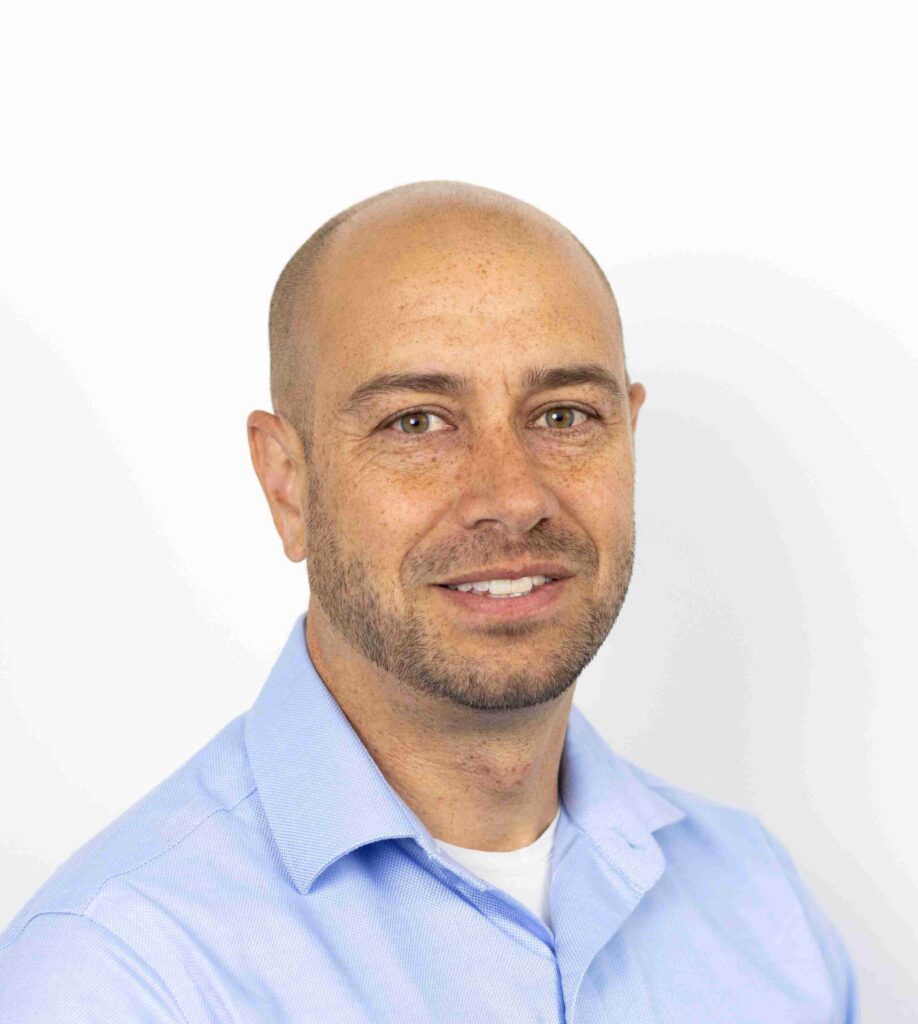
Damian Madan
Programs: I-Corps, Innovation Gap Fund, Plan to Launch, PEP
Industry experience
- Diagnostics
- Biotechnology
- Global Health
- AI in Healthcare
- AgTech
Areas of expertise
- Life sciences
- Product Development
- Commercialization
- Non-Dilutive Funding
- Product-Market Fit
Background
Damian Madan works at the intersection of biotechnology, diagnostics, and innovation. He has co-founded startups, led global health technology programs, and guided early-stage ideas from concept to product launch. In addition to leading technology development, he has advanced new solutions by securing non-dilutive funding and building strategic partnerships. At Monod Bio, he leads initiatives in computational protein design and diagnostics. He also advises scientists and early-stage teams on turning discoveries into real-world applications.
Working with CoMotion
Mentor journey
I first got involved with CoMotion because there is so much exciting work happening at UW, and it felt like a meaningful way to help those innovations to get from the lab into the real world. I have mentored teams in structured programs and one-on-one advising, and enjoy helping technical founders think more broadly about commercial and technical risks, funding, and the path to market. What I value most is that I learn something new from every team I work with.
Favorite project
Working with Color Space Bio has been especially rewarding. I was first paired with the team through the Innovation Gap Fund, where customer discovery led to an important pivot. What began as a highly technical idea aimed at a limited market was reshaped into a solution that was broadly usable and addressed a real need. For the inventor, it was an “ah ha” moment when he realized that what might not become the next Science paper could instead solve a real problem for many customers, be easier to deliver, and form the basis of a strong business. In Plan for Launch, I was able to spend more time with the inventor as he built on that insight and developed a concrete plan to bring the product to market. It has been rewarding to watch the progress from an early sketch of an idea to something now well on its way to becoming a real business.
Advice to innovators
Impressive technology alone does not make a business. The real test is whether it solves a problem customers care about. The best way to find out is to put a rough prototype in their hands early, even if it feels unfinished. Those first reactions will tell you more than months in the lab and give you the chance to pivot before you are locked in. Once you see that validation, move quickly to confirm customers value it enough to pay.
On the lighter side
Fun anecdote
In grad school, a few friends and I turned making T-shirts in dorm rooms into a small business at a time when selling online was still rare. We were scattered across the country, with one teammate even living in Panama, and all of us immersed in graduate programs, but we still managed to make it work for a while. I learned hard lessons about inventory and production, and even saw big retailers copy our designs, which told us we were on to something. Our simple goal was to one day spot a stranger wearing one of our shirts, and when it finally happened, I called it a success. In the end, our science and medical careers won out, though I still keep an eye out, hoping to spot one again.
Role models
For over a decade I worked in global health on initiatives funded by Bill Gates, and I have always admired how he applies his intellect and resources to tackle problems that matter. More recently, listening to Acquired’s series on Microsoft gave me a deeper respect for his journey. The story of how the company began showed the value of iterating with limited resources, finding revenue models that work, and leveraging partnerships to grow. It also underscored the importance of timing, spotting trends, and balancing big thinking with realism.
More about me
Outside of work, I spend as much time as possible outdoors, whether skiing, mountain biking, or getting out on rivers. I share these adventures with my almost nine-year-old son, and I coach many of his sports. Helping entrepreneurs stay focused is one challenge, but keeping a team of eight-year-olds on task is another. I don’t always succeed at either, but I keep trying.